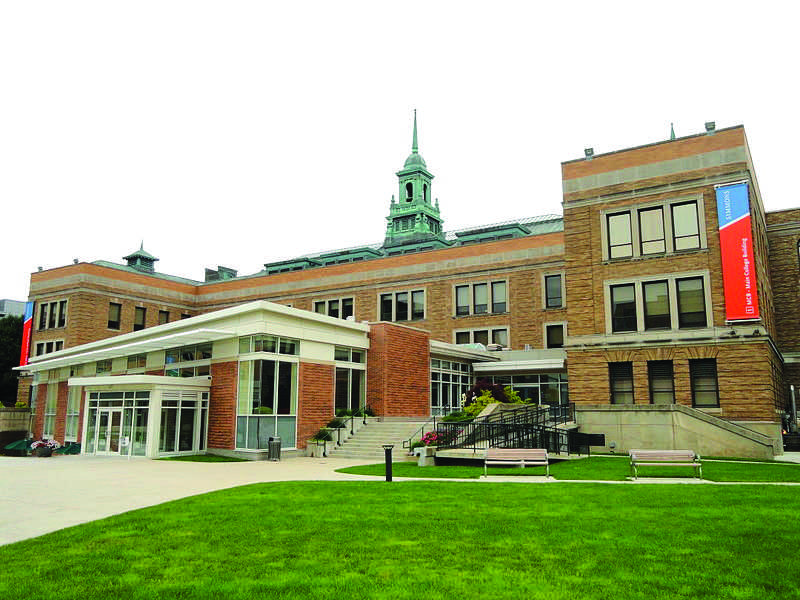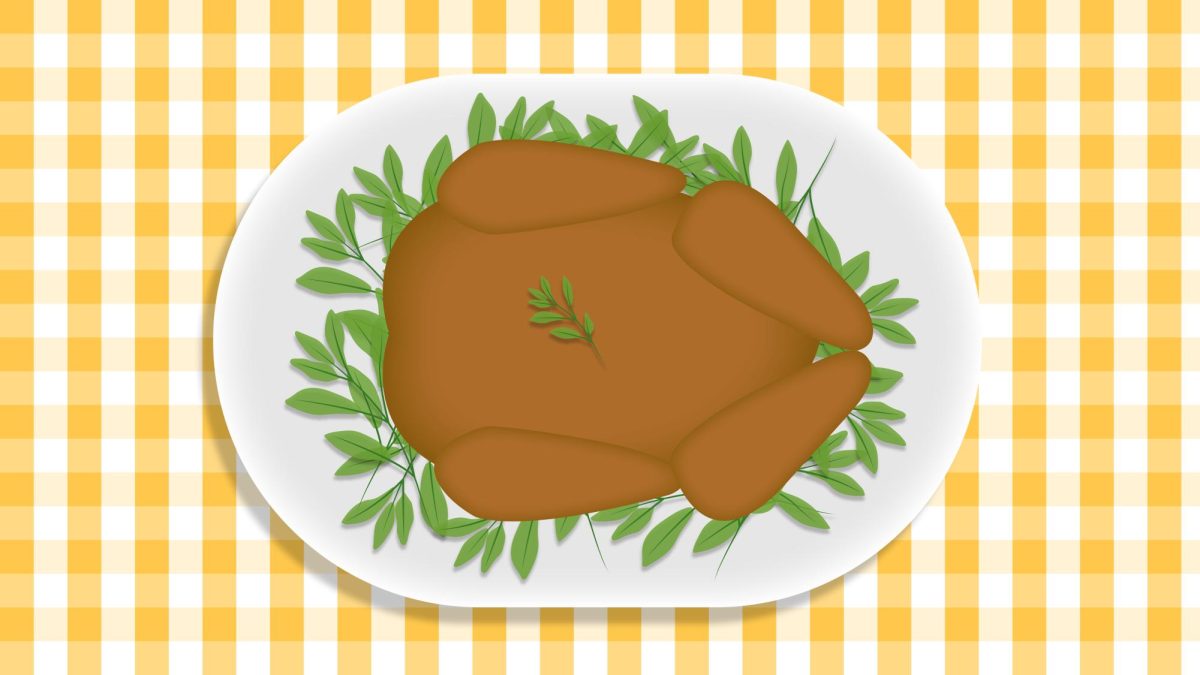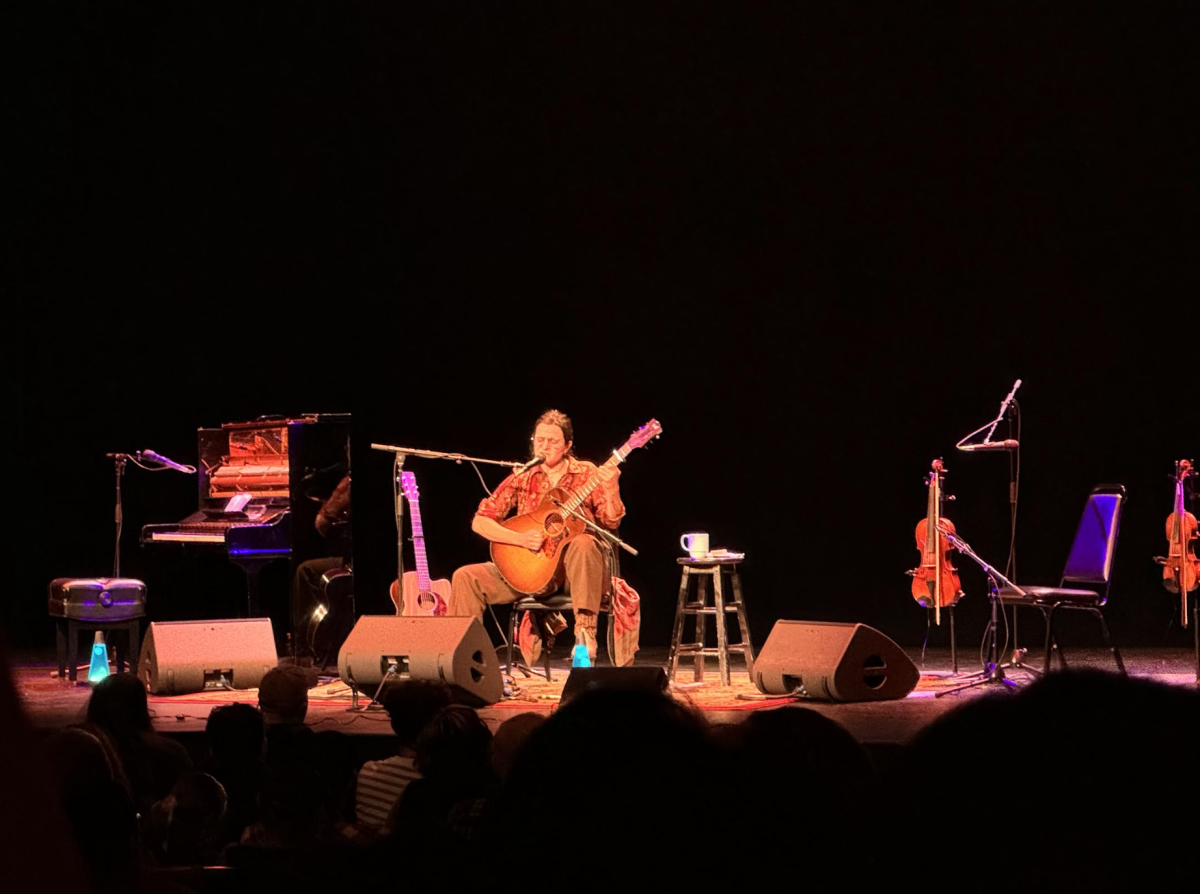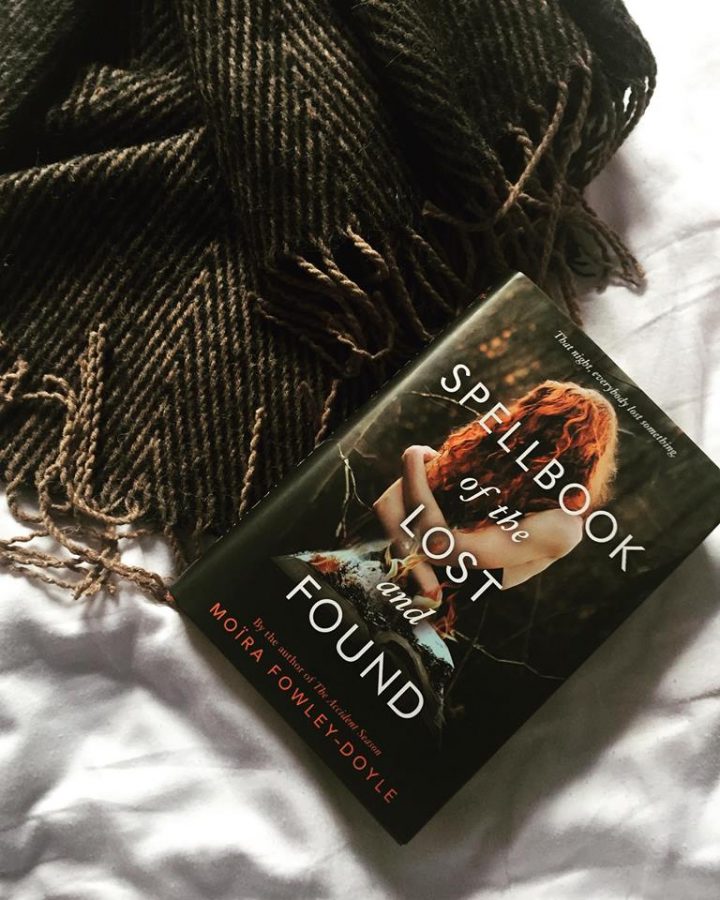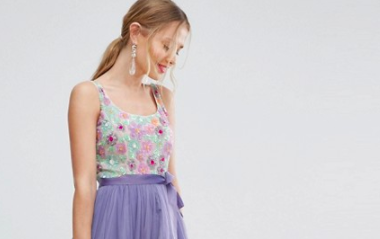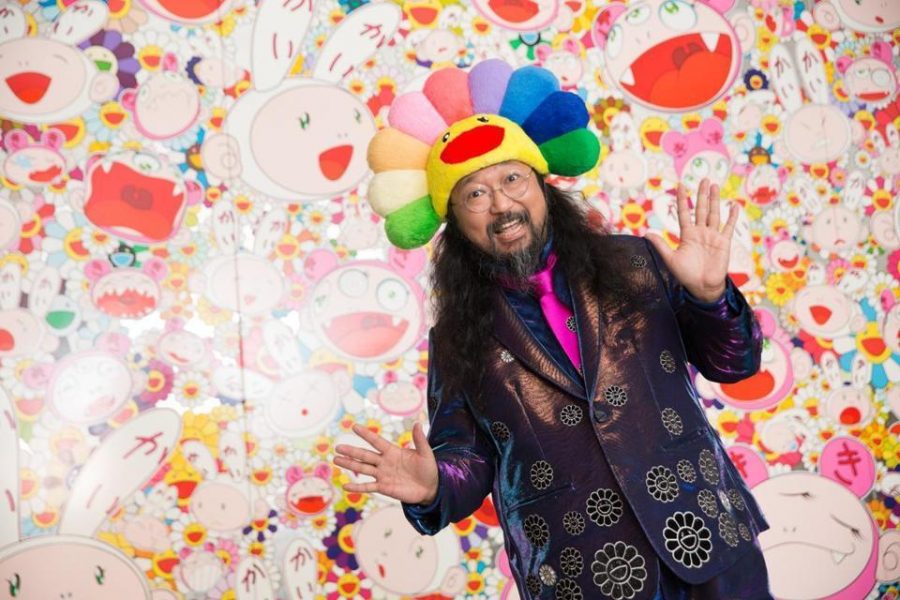By Kaydee Donohoo
Staff Writer
Boston’s Museum of Fine Art’s new exhibit, “Nature, Sculpture, Abstraction, and Clay: 100 Years of American Ceramics,” was formed after receiving new gifts from the Daphne Farago, Philip Aarons, and Shelley Fox Aarons collections. Curators Nonie Gadsden, Caroline Cole, and Emily Zilber arranged the 70-piece ceramics collection with stunning precision.
As you walk into the gallery in the Art of the Americas wing, you might first be surprised at the small size of the room and individual pieces, but will be blown away by the amount of detail compiled into the space. Pieces run along three of four walls, with an occasional piece jutting from a shelf. Some get an additional lift in hight from sitting on a box. They run in clusters while being overall chronological ranging from 1881 to 2013.
Exhibits were often arranged by color, as many sets contained the bright primary hues—red, blue, and yellow, while one captivating cluster was entirely shades of blues. It was amazing to see how so many pattern details on each surface could compliment and be brought out by the pieces around them.
Another point of interconnection was the general forms and attributions of the pottery that serves a function. Handles, lids, and spouts echoed the shapes of vases, teapots, and jugs that served the purpose of containing and carrying liquids. “The Boston Globe” writer Sebastian Smee described Cheryl Ann Thomas’s 2013 figure “December” as something that was “no longer even pretending to be a vessel: It’s a sculpture. No longer something to hold, it is truly something to behold.”

“Mirage Lake,” looks exactly how it sounds, blending layers of color to give the illusion of a body of water. This piece was easy for the eye to find in the exhibit as it stood more on its own than in a cluster. The blues and browns of this bowl mix to form its image both inside and outside the rim, and show the aspects of art that can be as unlimited and nonconforming as the artist’s imagination.
There were a few whimsical tea pots worthy of Wonderland. The rules to follow were simply to have a spout, handle, and maybe a lid to qualify as a teapot in the first place. Artists were free, however, to add the shapes, and style thier work beyond this. A small teakettle had a giant letter T etched on its stomach and delivered an overall essence of being a thimble. Another with bent stripes, mismatching squares of a checker pattern, and an over-all twisted appearance makes this stunning piece feel as though you are viewing it through a funhouse mirror.
A nostalgic treat could be found with a jug of old-timey Disney cartoon characters. This piece was clad in lighter colors, but was an inviting piece nonetheless. The age alone of this jug was worth taking a moment to realize how art is able to connect interests over decades.
Another memorable piece included a blue mystical-looking hippo, which ties in strangly well with function-based pieces despite its nonconformity to hold liquid.
The exhibit runs until January 2016, and as always, admission is free for Simmons students.




